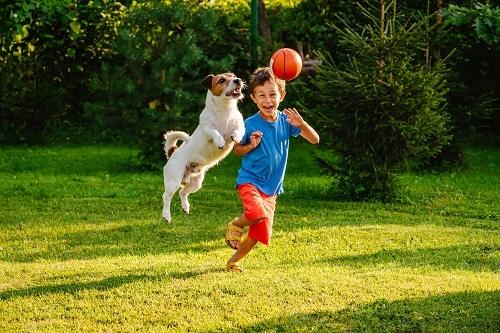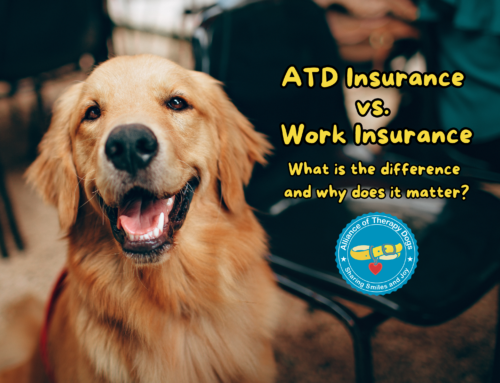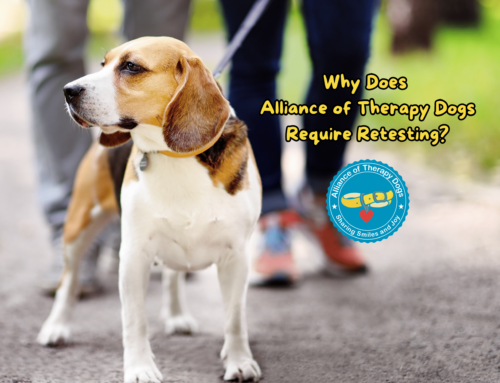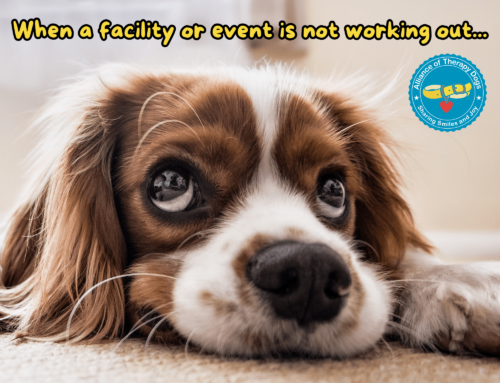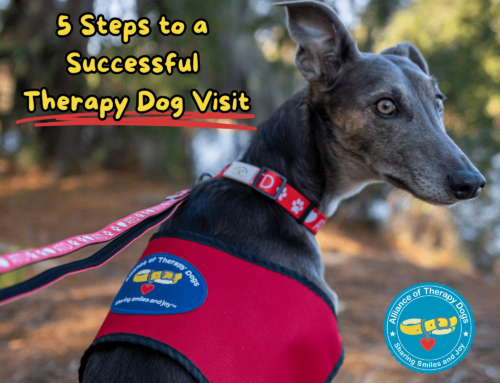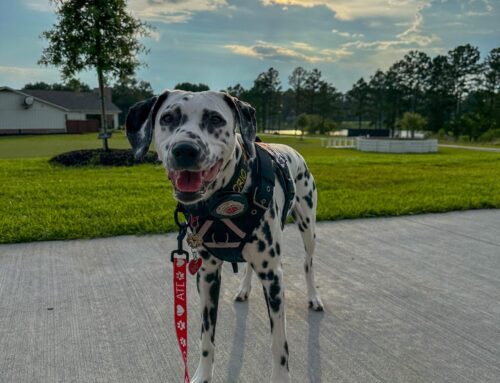Dogs love to explore, especially when they’re outside or in a new environment. That’s why most dog owners like to have a garden in which they can let their beloved pet run free.
While a garden is an ideal place to let your dog explore, you need to make sure that it’s safe. Unfortunately, it’s not always possible for you to closely supervise your dog when it’s out doing its business or having fun, so you need to make sure that there aren’t any dangers that your dog could encounter.
After all, many dog owners allow their dogs to go out in the garden to relieve themselves late at night or early in the morning. The last thing you need is to deal with a serious issue when you’re half asleep!
At the Alliance Of Therapy Dogs, we know how curious dogs can be, which is why we’ve put together this guide to making your garden dog-friendly.
Whether you’re a new dog owner or you’ve just relocated and want to adapt your garden, we’ve got some handy tips to make your garden safe for your precious pet.
Choose The Right Fencing
If you want to let your dog out in the garden to play without keeping them on a lead or watching them minutely, you need to ensure that the garden is secure.
The best way to do that is to choose secure fencing that is high enough that your dog won’t be able to jump over it. It also shouldn’t have gaps, as small or nimble dogs could wriggle through them.
Dogs that get out of gardens could encounter busy roads, get stolen, or even become lost. As such, you need to make sure you take the time to select the right size and shape fence and that you check it regularly.
If your dog often digs holes, you should try to stop them by using chicken wire near the fence base or planting rocks near spots where your dog likes to dig.
With suitable fencing and regular checks, you can ensure that your dog can’t leave your garden and is safe to roam to its heart’s content.
Research The Plants That Are Poisonous To Dogs
Plants and shrubs might be beautiful, but they can also be dangerous for dogs. Dogs often eat plants, including grass, but some of these plants, as well as their seeds and fruits, could be poisonous.
As such, you should learn about the toxic and non-toxic plants that grow in the US so that you can ensure that you get rid of dangerous greenery from your yard.
If your dog eats something bad for them or you’re concerned that they have, you should contact your veterinarian immediately.
They can diagnose what the dog ate and provide them with an antidote, saving their lives. The longer you leave it, the less likely your dog is to survive and thrive.
As such, you need to be proactive when it comes to poisonous plants in your garden. Regularly check your garden and make sure that you dig up poisonous greenery at the root.
Try not to use weed killer or other poisons when you’re getting rid of unsatisfactory plants from your yard, so there’s nothing that your dog could ingest.
Deter Predators Where Possible
Predatory animals such as bobcats, coyotes, and even bears live across America, and if these animals get desperate for food, they might venture into gardens to attack pets.
One way to keep your pet safe is to ensure that you mow your lawn regularly and that you remove any large shrubs and plants so that predators don’t have anywhere to hide.
You could also consider adding a motion sensor light in your yard, so you and your dog can always see, no matter how dark it is.
Many common American predators are opportunists, and as such, you should make sure that there is no trash or food, such as pet kibble, in your yard.
Be vigilant: if you see signs that predators are entering your garden, such as tracks, then you should install better fencing and consider alternative deterrents to keep them at bay.
Check Your Garden Regularly
While your garden might be dog-friendly in the summer, new plants could grow after a few months, and the fencing could become damaged.
As such, you need to make sure that you aren’t complacent. Check your garden regularly to make sure that it remains safe for your dog.
If you notice anything that could potentially be dangerous, you should try to remove it or keep your dog away until you identify it.
By being proactive, you can ensure that your dog remains safe whenever they’re out in the garden, even if you’re not there to supervise them closely.
Train Your Dog
It’s never possible to remove all dangers from your garden. As such, you need to make sure that if something falls into your garden that could be poisonous, your dog will leave it alone.
That means that you need to make sure that your dog is well-trained and that it will respond to your commands promptly.
Check out our blog to find tips on training your dog and keeping them well-disciplined through continuous guidance throughout their life.
If your dog responds well to training, you might want to consider training them for a purpose, such as to become a member of our legion of therapy dogs.
There are many benefits of preparing your puppy to become a therapy dog, and it can bring you and your pup closer to one another.
If you feel that becoming a therapy dog could stress your dog out and would not be a good idea, you can still help the Alliance Of Therapy Dogs. You could donate money to our cause and share our updates online to help us spread our message.
For more information about our work and how you could help, feel free to contact us. Our team loves to talk about dogs and our valuable work.

